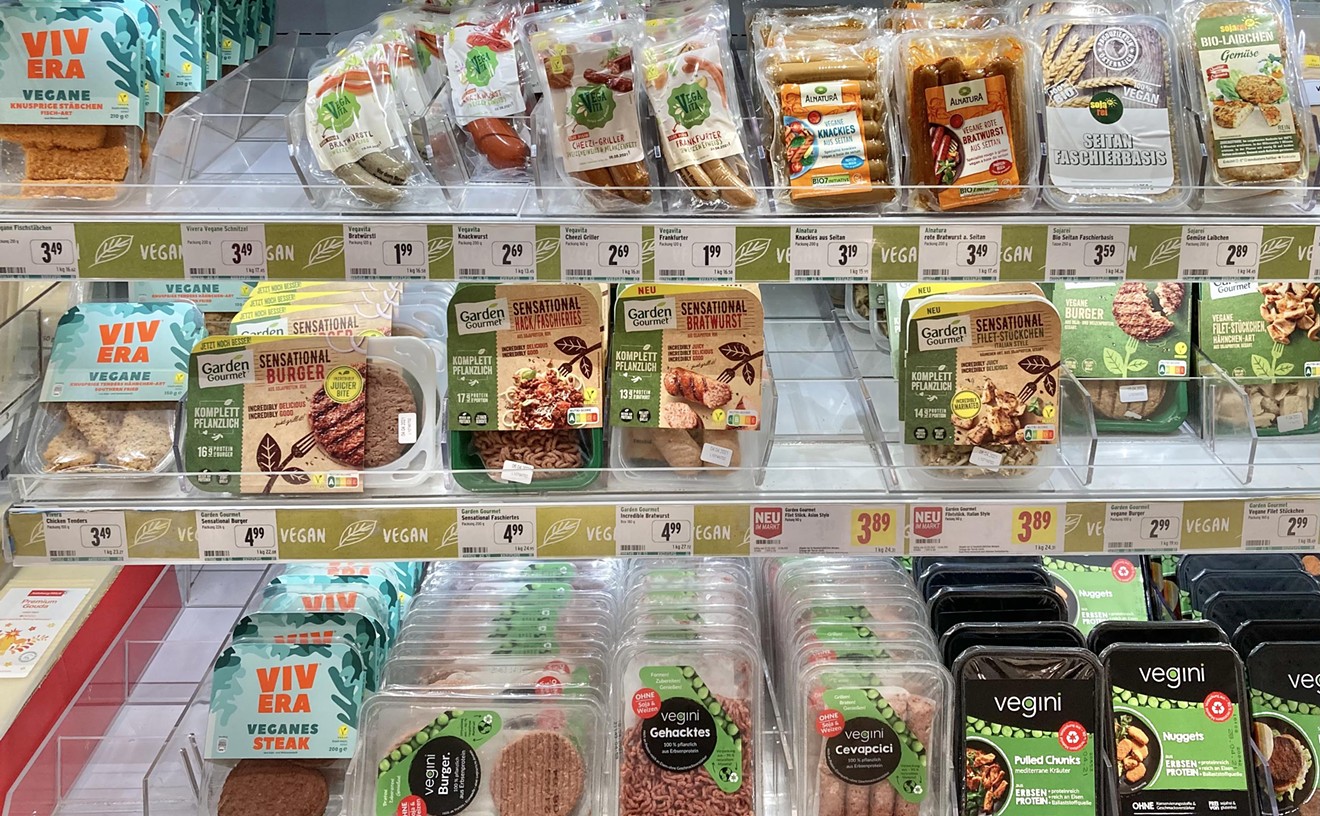It often seems like our food supply is becoming progressively fraught. There's pink slime in our beef, ammonia in our pink slime, arsenic in our apple juice and now, arsenic in our rice. The last emerged from a recently released Consumer Reports study that showed that our rice and related rice products have "high" levels of arsenic when compared to our drinking water standards or other staple products like oatmeal.
See Also: Where Do You Stand on the "Pink Slime" Issue? See Also: Follow Friday: Food Safety Twitterers See Also: Chef Dan Moody Defends Pink Slime
Eclipsed only by cyanide in terms of poisonous name recognition, arsenic really seizes the public's attention. It is after all, a killer of kings and a favorite of murder mysteries. But, as is often the case in public health, the situation is a bit more complex than, "Your rice is trying to kill you."
So how worried should you be? The short answer is: It depends.
The levels of arsenic detected by Consumer Reports, while higher than our drinking water standards, are still low. That said it's hard to draw any direct conclusions between the presence of arsenic in rice versus arsenic in water. That's mostly because the dangers of low-levels of arsenic in water are well known but they're less understood in food.
Indeed Consumer Reports admits that the point of their study, beyond informing the public, is to help pressure the FDA into adopting standards for arsenic levels in our food. That seems a prudent course of action given that, even if arsenic in food isn't as dangerous as it is in water, it still probably isn't good for you. Setting those standards is something that the FDA has been reluctant to do in the past. However, it appears that the study had it's desired effect because the FDA has since revealed that they are doing a large study on the presence of arsenic in our food supply and that the results of that study will be released at the end of this year. They have also released some of their preliminary results on arsenic in rice. Presumably, food makers will follow whatever standards emerge and take the actions necessary to reduce the amount in our foods.
Arsenic is of course a bad thing. But it is important to understand that arsenic comes in two basic flavors. Organic and inorganic. Without diving into the chemistry, the major difference between the two is that our bodies are pretty good at naturally dealing with organic arsenic but not at getting rid of inorganic arsenic. As a result, inorganic arsenic tends to react in our bodies more readily and this means it has a higher chance of doing harm. That's why the Consumer Reports study distinguished between the total arsenic and the amount of inorganic arsenic.
So how is arsenic getting into our rice anyways? It turns out that rice plants are very good at pulling in and incorporating inorganic molecules into their own structure. They do this with silicon to help give rice grains their strength and structure. Unfortunately, arsenic is chemically similar enough to silicon that the rice is able to pick it up and plug it into the rice grains. Where that arsenic is coming from depends. Arsenic is a naturally occurring substance that finds its way into our water regularly. But it's also true that organic arsenic is also used in some pesticides and even fed to chickens to help control parasites. Since arsenic can switch between its organic and inorganic forms, it's possible that arsenic is finding other ways into our fields.
Consumer Reports makes a number of recommendations as to how you can reduce your arsenic intake. They range from the reasonable (eat more non-rice grains), to the slightly horrific, (cooking your rice "pasta style" in six times the regular amount of water) and then straining it prior to serving. They also recommend having your home water tested if you are NOT on the public water network. Remember, arsenic is naturally occurring and it's possible that your delicious family well just so happens to sit on a natural deposit of arsenic.










